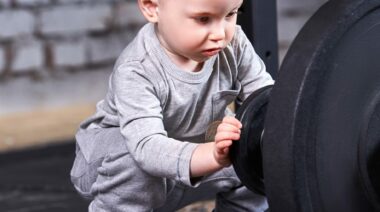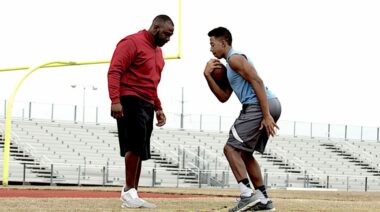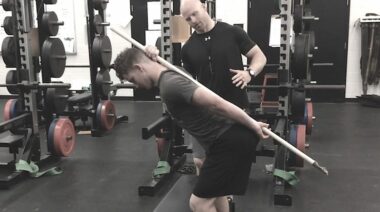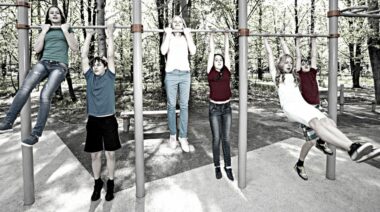The development of repeated sprint ability in youth athletes is a long-standing practice that seems to be on the rise. In a study published in the Journal of Strength and Conditioning Research, researchers asked what athletic qualities are necessary for optimal repeated sprint ability.
Repeated sprint ability is exactly what it sounds like. Most importantly, it’s the ability to maintain speed and power in the face of highly fatiguing game conditions. In the new study, the researchers examined basketball players who performed moderate- to high-intensity sprints on an average of every 21 seconds during a basketball game.
Since changing velocity and direction are both very demanding on the energy systems of the body, skill will often break down as fatigue sets in. If an athlete has a high capacity for repeated sprint ability, then he or she will experience less fatigue from the demands of basketball, and thus will execute superior skills through the course of a game or practice. Developing these qualities while also improving repeated sprint ability could make or break the success of an athlete.
In the Journal study, the researchers weren’t developing a program to push repeated sprint ability to the next level. For now, they wanted to find out which athletes have this ability, and what other traits might be responsible for greater athletic talents.
The basketball players in the study were given a battery of tests, including assessments of physical characteristics like height, weight, and body fat percentage. The players were also tested on three athletic activities: a shuttle sprint, a vertical leap, and a longer shuttle run. These results were tallied on up to six different occasions for each player across two seasons.
Age was the first of three significant qualities affecting repeated sprint ability. Between the ages of fourteen and seventeen, sprint ability increased and then hit a plateau. At a young age like this, the development of repeated sprint ability probably speaks both to increasing neurological sophistication that comes normally as we age, as well as to increasing experience in athletics.
Not surprisingly, both lower body explosive power and aerobic endurance also contributed strongly to repeated sprint ability. This correlation makes sense based simply on what repeated sprint ability is: a power maneuver performed repeatedly over the course of a game.
Armed with that information, researchers and coaches can now develop ways to find out if repeated sprint ability can be achieved with a well-designed program. Those programs will include both power and endurance in the legs, and plenty of skill work and practice, especially in youth athletes.
References:
1. Sanne Wierike, et. al., “Development of Repeated Sprint Ability in Talented Youth Basketball Players,” Journal of Strength and Conditioning Research, 28(4), 2014.
Photo courtesy of Shutterstock.






